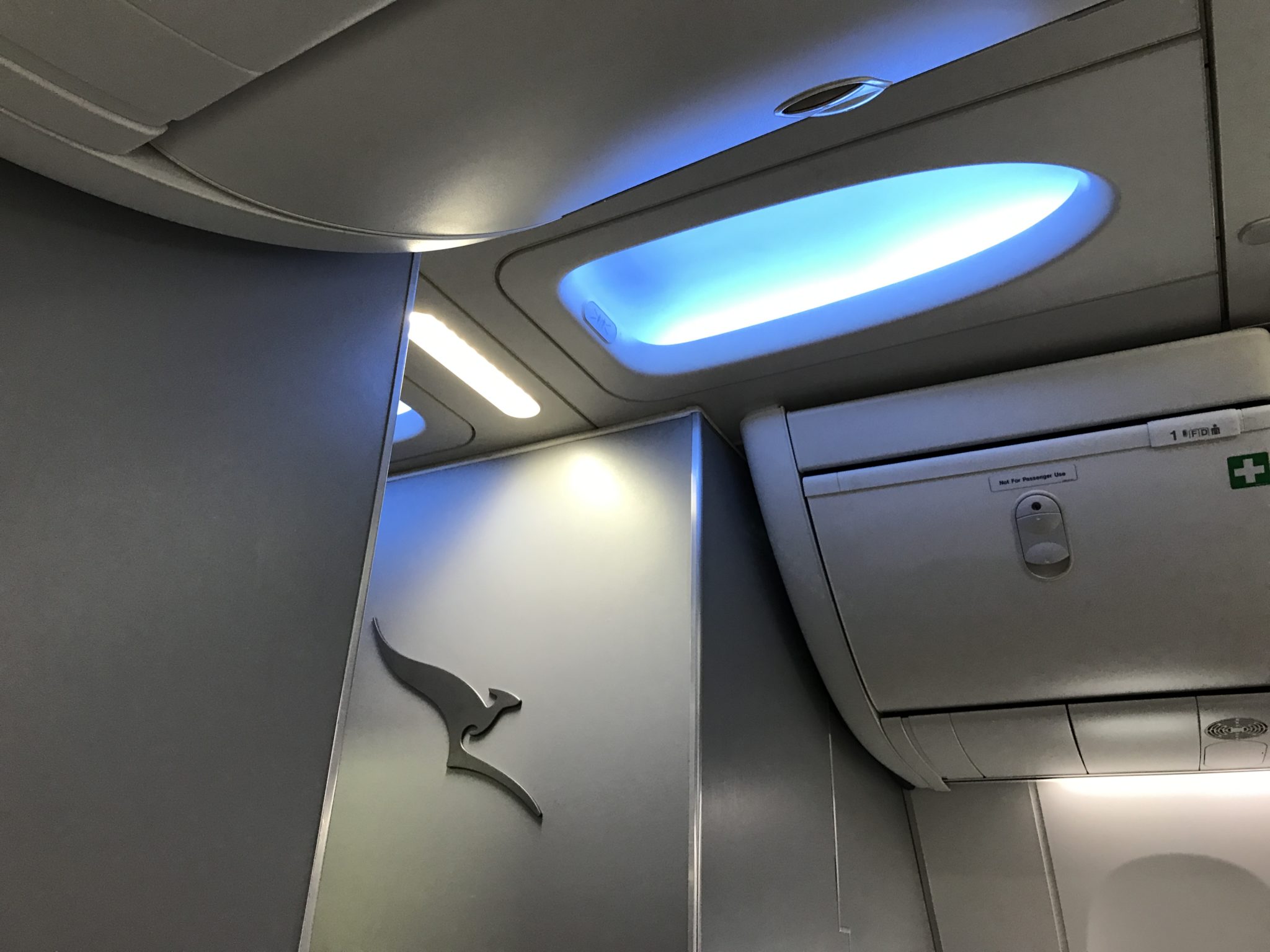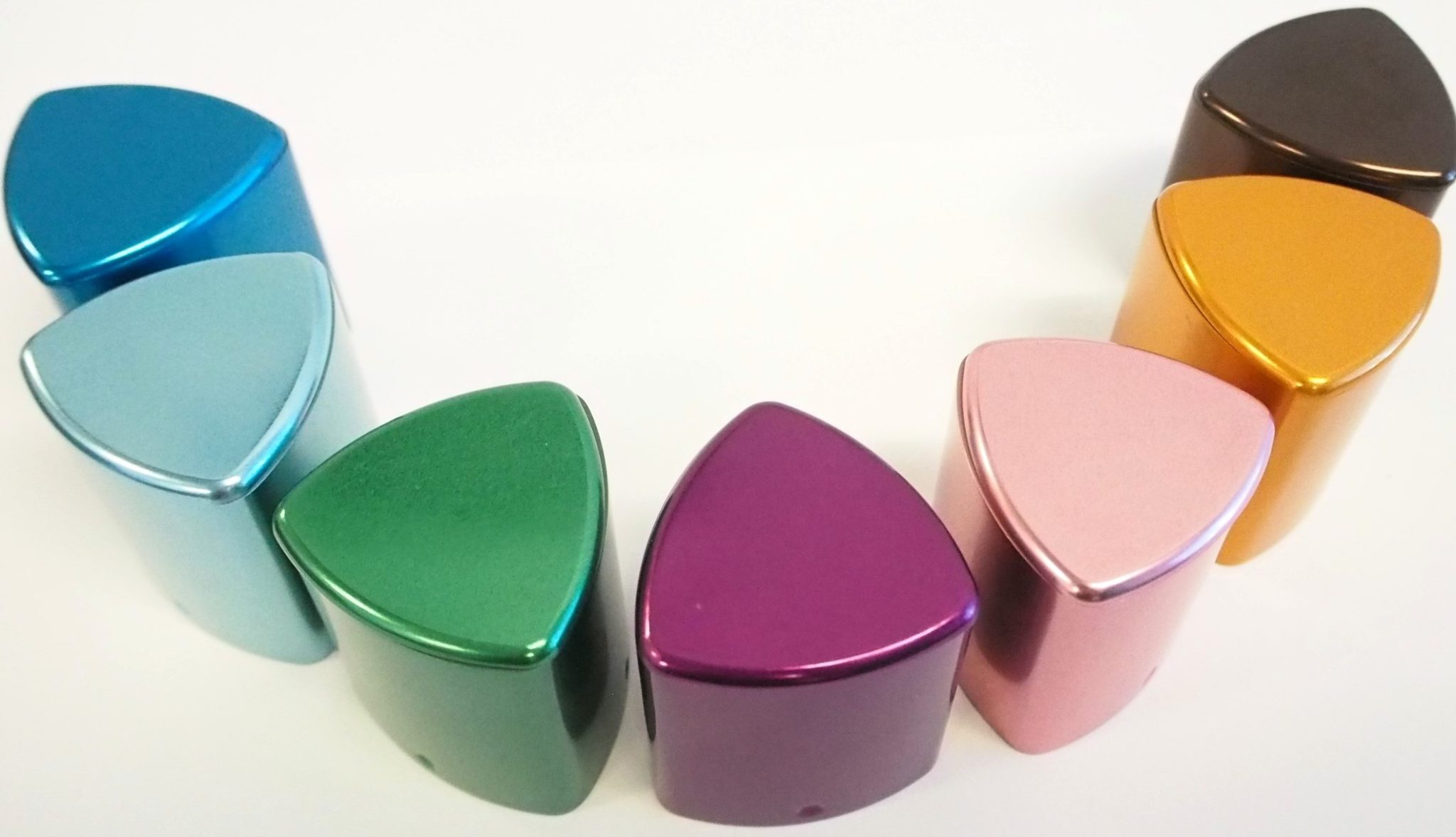 Like hotels and stores, and other public spaces, the combined sensory impact of the aircraft cabin – what we refer to as ambiance – will elicit emotion and shape memory. Whether that emotion and memory is positive or negative depends a lot on design.
Like hotels and stores, and other public spaces, the combined sensory impact of the aircraft cabin – what we refer to as ambiance – will elicit emotion and shape memory. Whether that emotion and memory is positive or negative depends a lot on design.
In the crowded aircraft cabin space, and at altitude, the senses function differently. And passengers’ own heightened emotional state can color the impact of ambiance.
Sight and Sound
It is debatable how a specific color combination can influence emotion, but the overall visual impact of the cabin space should be to counter the effects of confinement. While dark colors are easier to keep clean, lighter tones give a feeling of spaciousness. As the Boeing Sky Interior and the Airbus Airspace Cabin show, simplicity, soft lines and greater room overhead can make the space feel more open. The ultimate proof of concept is when these principles are applied to the cabins of smaller aircraft.
Advances in lighting also yield new opportunities to get creative, regulating circadian rhythms on long flights, changing the appearance of the cabin from season to season without having to refit the aircraft, relieving passenger boredom, and defining the brand with a sense of place.

The Boeing Sky Interior isn’t just about lighting, it’s about thinner cabin walls and larger overhead bins. Image: John Walton
Modern aircraft designs have reduced many of the uncomfortable and stressful sounds of flight, but boarding and deplaning music can set the mood for the journey. Expert music curation can help define the brand. American Airlines has previously received praise for its Indie collection, a bold move away from soft pop and muzak.
The ultimate sight and sound design on board is IFE. However else the cabin has improved over the years, it is difficult to overstate the benefits of personal screens that allow passengers to escape the cabin entirely, to get lost in a story or a concert or game.
BYOD systems are welcome on aircraft that don’t accommodate seatback screens, but there really is magic in finding something pleasant playing in a space that you’ll be staring at for hours.
Taste and Smell
There have been countless volumes written – and rightly so – about the science of inflight meal preparation. But how many inflight meals could we describe as memorable? There is a branding opportunity for airlines to offer fresh seasonal variety, and deliver local flavor, but the most memorable impact comes from quality meal service by attentive flight attendants.
There have been some creative introductions of scent-dispensing systems in recent years that could help soothe passengers and build positive memory associations, but cabin cleanliness is critical to eliminate unpleasant odors. We’ve already seen some proposals and can hope for greater advances in antimicrobial surfaces and textiles as well as ultra-violet light systems that keep spaces hygienic.
Touch and Intuition
Surfaces and textiles that feel pleasant and comforting also speak to quality of design. Seat control and other buttons should be responsive and easy to use. One of the most interesting applications of touch for memory building is digital. Haptic, or Kinesthetic communication, lets users feel that they have accomplished something when interacting with electronics. Apple has led the way through its taptic engine and is used by app and game designers to return pleasure in the digital transaction. While this may play a smaller role in cabin design a “touch-reward” would be interesting applied to IFE controllers, for example.
One of the most pleasurable touches isn’t tactile – it is recognition. Being remembered is itself memorable. Airlines will want to continue using technology to advance in personalization of the travel experience from the ground to the air, anticipating passenger preferences and delivering a “sixth sense” experience that passengers will cherish.
Related Articles:
- How new business jet designs inspire first class cabins worth the fare
- Dishing on Eco-friendly, delectable design
- Internally lit thermoplastics offer infinite PaxEx design palette
- Airline bedding co-branding choices evolve: consumer or luxury?
- An Atmosphère of renewed CRJ PaxEx focus at Bombardier
- Smelling a good idea, Zodiac unveils cabin scent diffusing system
- Airbus’ A320 Airspace cabin grows bins, modernises cabin
- How Etihad uses cabin lighting as subtle destination marketing
- Boeing Sky Interior offered for 737NG retrofits
- Press Release: Qatar Airways launches new premium dining experience
- Press Release: LS touts new cinema-like sound with BoardConnect









